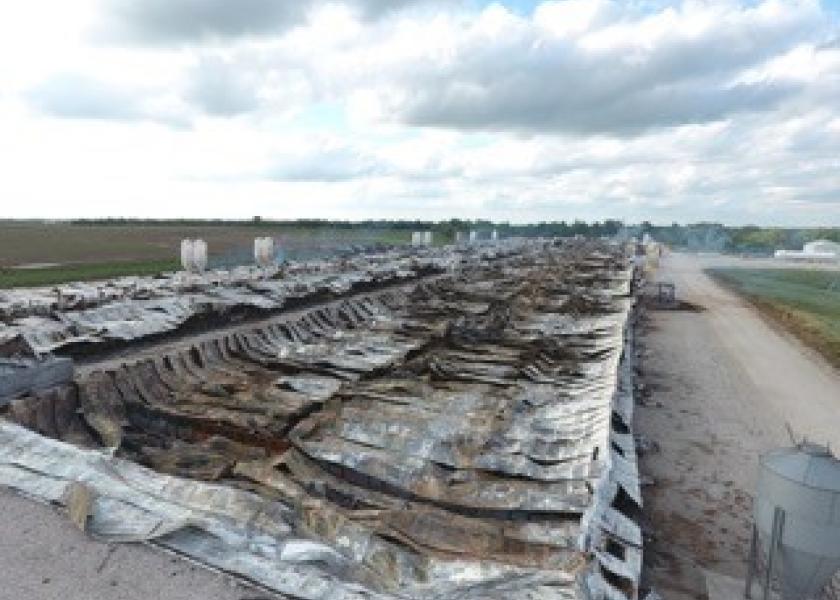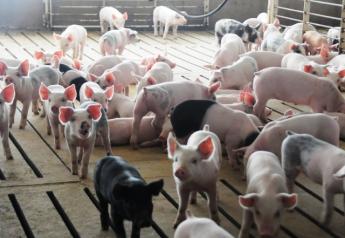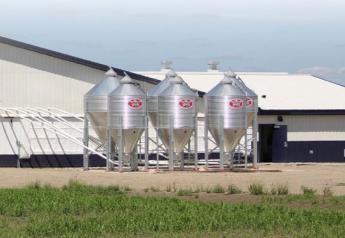10 Ways to Protect Your Barn from a Fire

Barn fires move fast. In less than four minutes, a fire can fill a barn with smoke and completely engulf it in flames in less than five minutes.
According to Iowa’s Center for Agricultural Safety and Health, the majority of farm structure fires occur late at night or in early morning hours, often going undetected until it’s too late.
Every farm is different, so the National Fire Protection Association encourages farm owners to talk to their local fire department to address safety concerns that are unique to their farm.
Here are 10 checkpoints to assess areas of weakness in your fire preparedness plan:
1. Have workers received proper training for emergencies, including regular fire drills?
2. Are electrical outlets, electrical panels, fans and lights clean and free of debris?
3. Have you inspected your wiring lately to make sure it’s free of damage and unexposed?
4. Are barn exits clearly marked with cleared pathways?
5. Is machinery maintained and free of combustible materials and buildup?
6. Is there a class ABC fire extinguisher located in all buildings near every exit and within 50 ft. from any point in the barn?
7. Do you have fully functioning smoke detectors, carbon monoxide detectors and/or sprinklers located inside livestock buildings and buildings with flammable material?
8. Are flammable liquids, like fuel and oil, stored away from sources of heat and livestock in ventilated areas?
9. Have you confirmed that heat lamps are securely placed, free of dust and debris and in good repair?
10. Is smoking restricted to designated areas only?
Discover how the Epperson family rebuilt their 5,000-head sow farm after a devastating fire in May 2018 destroyed the entire farm and killed 18,000 pigs.
More from Farm Journal's PORK:
The Night the Fire Took the Farm
After the Fire: Kylie Epperson Finds Her Voice in Agriculture
Is Your Livestock Barn At Risk For A Fire? Here’s A Safety Checklist







